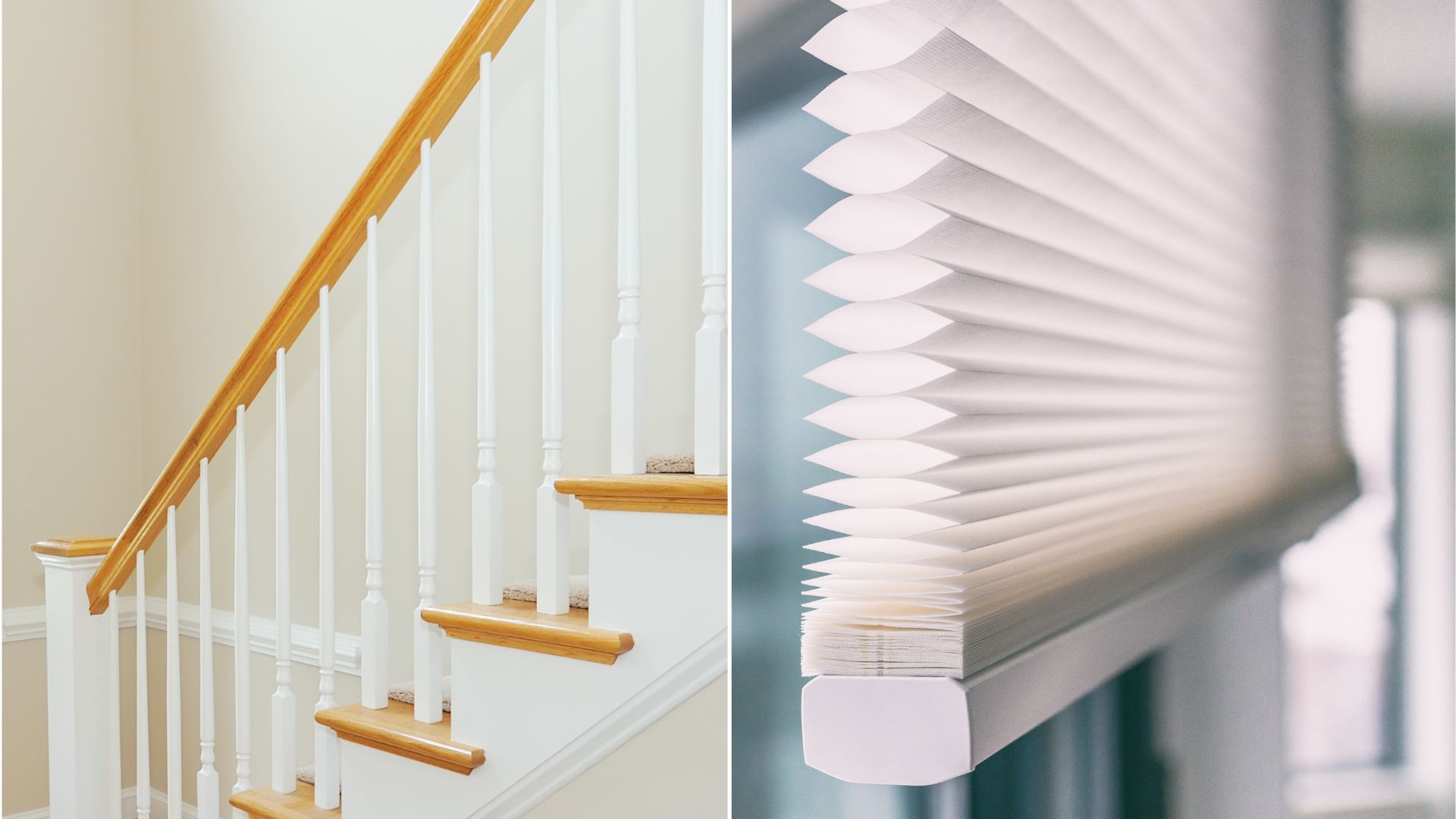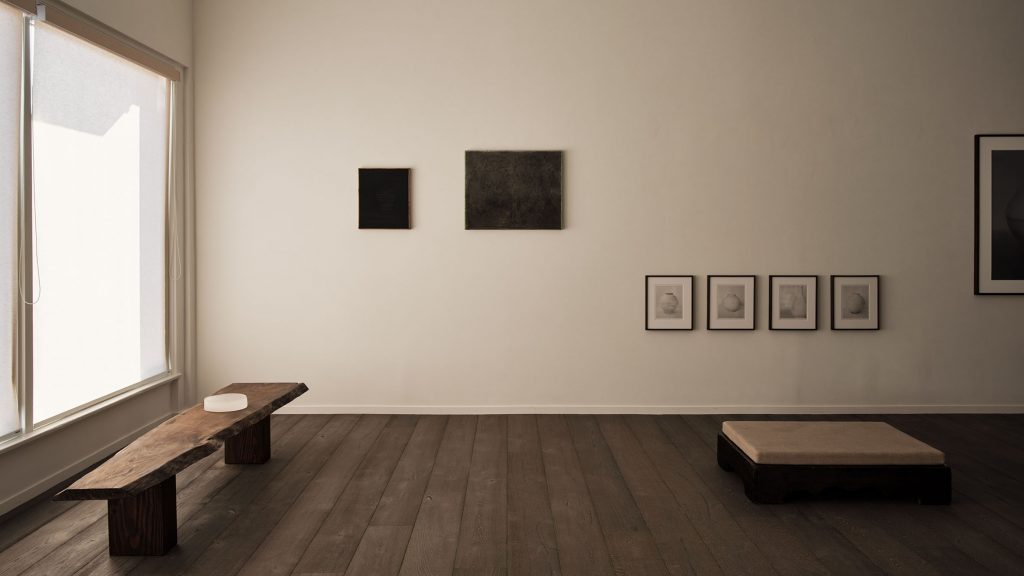[ad_1]
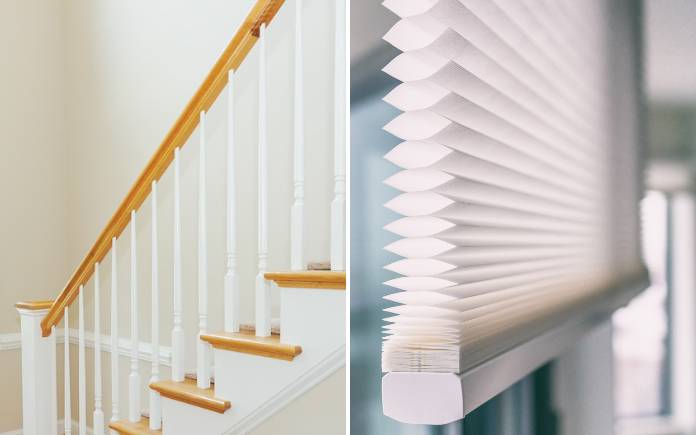
Hour 1
Learn a fix for squeaky floors, plus how to clean fabric blinds and whirlpool jets.
Fix for Squeaky Floors
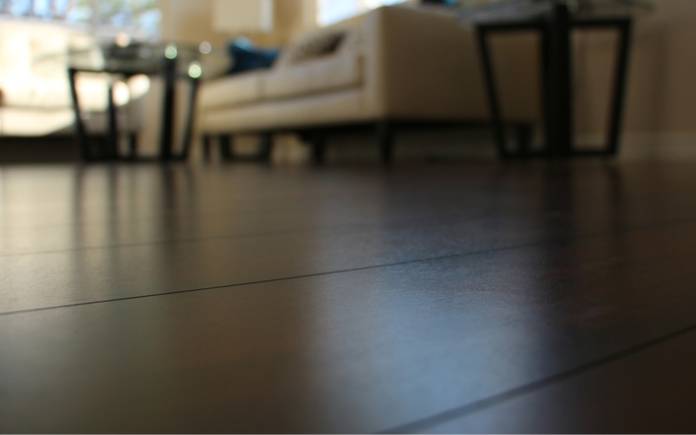
Ryan’s noisy floors in his Illinois home are becoming a problem for his wife, who’s an RN who works nights and sleeps during the day.
“Almost everywhere you step it’s creaking and squeaking, and it carries throughout the house,” he says.
He wants to know if there’s a solution to fix the floors without removing them. The floors are fairly new floating luxury vinyl plank installed over a fully finished basement with a drop ceiling.
The squeaking sound is a result of friction, materials rubbing together. The mystery is whether the sound is coming from the floor or the subfloor underneath.
We suspect the squeaking is coming from the space where the subfloor meets the floor joists. Whenever putting down a new floor, always screw down the subfloor to prevent this squeaking.
The good news is Ryan has access to the subfloor from below.
To fix this, go into the basement and have someone walk on the floor above so you can see where the squeaking is coming from. Then, take a wooden shim, smear some wood glue on it, and tap it into the joint between the top of the joist and the underside of the plywood subfloor.
Don’t drive the shim in because it will raise the floor. Just tap it in enough to fill the space so the plywood doesn’t bounce up and down.
Try this in one or two places to see if it works. You’ll know almost immediately.
How to Clean Fabric Blinds
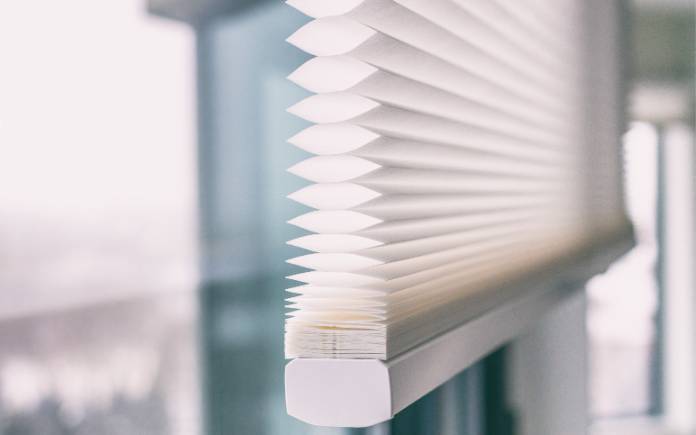
Marjorie in Pennsylvania has several custom-made fabric blinds in her home that need cleaning.
She asks, “Is there an easy, safe way to clean these blinds? They were very expensive and I don’t want to ruin them.”
We know it’s a pain to take them down, but the best way to clean them is to take them down and soak them in a bathtub. Use a mixture of warm water, oxygen bleach and Woolite. Oxygen bleach won’t bleach out the color.
Lightly scrub them with a soft bristle brush and hang them up to dry, preferably outside so the sun can help with the drying process. They’ll drain a lot of water before they’re finally dry.
If you can’t take them down, spray them with rug and upholstery cleaner. Spray it on, let it dry, then vacuum the blinds.
How to Clean Whirlpool Jets
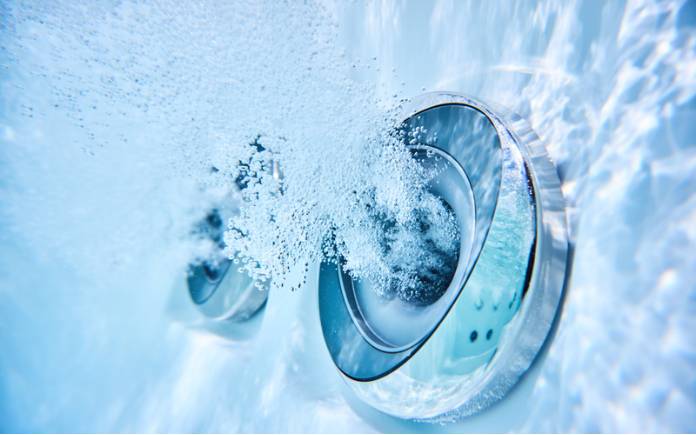
Every time Stephanie in Indiana turns on the jets in her Whirlpool tub, black stuff comes out.
“I have tried everything. I’ve tried vinegar, bleach, and blowing out the jets so they are empty, but nothing works. What would you recommend?” she asks.
These Whirlpool jets are probably on a closed-loop system, which means that they won’t drain out completely when the tub is turned off. As a result, the water stays in the loops in the line, and mildew will grow because it’s dark and wet in there.
Try this method to clean them:
- Fill the tub with hot water (the hottest you can possibly get) 2 inches above the highest jet
- Add a half-gallon of distilled white vinegar
- Run the jets at the highest speed for 15-20 minutes. This circulates the vinegar water through the jets
- Drain the tub, then refill it with cold water (no vinegar)
- Run the jets for another 10-15 minutes
Depending on how much built-up mildew is in the jets, you might need to repeat this process two or three times.
If this doesn’t work, call the manufacturer and see if they have a commercial product that they recommend.
Hour 2
Listen to a never-before-heard Simple Solution, a tip for replacing stair spindles and more.
Simple Solution for Catching Wood Chips
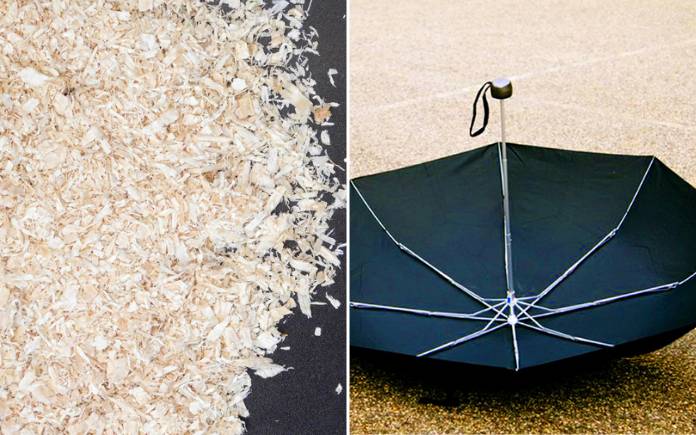
Trent in Vermont is running a new electrical cable across his basement, a total distance of nearly 40 feet. That means drilling more than two dozen 5/8-inch-diameter holes through the exposed floor joists in the basement ceiling.
“Do you guys have a simple solution for catching all the wood chips? If not, it’s going to be a real pain to clean up”
Of course, you can use a drop cloth to catch the wood chips, but you still run the risk of those wood chips spreading everywhere when moving it across the 40-foot span. You can also have someone follow you with the shop vac as you drill.
But what if you’re working alone? Here’s Joe’s Simple Solution:
Hang a small travel umbrella upside down from the joist that you’re drilling into. Secure it to the joist with a cable staple, nail or screw, so it’s directly below where you’re drilling.
The umbrella will catch the wood chips as you’re drilling, and you can easily dump the chips once the umbrella is full.
Replacing Stair Spindles
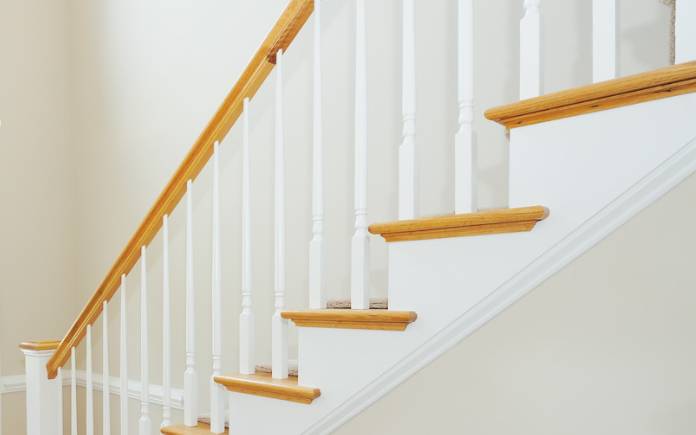
Sal from New Jersey is updating the stairs in his house to get rid of the carpeted treads and dated spindles.
“I’ve got new oak treads in place and the handrails are next. My question is about the spindles. They’re dowelled at the top and bottom so I assume they should be glued, but do I need to reinforce that with finish nails too?” he asks.
Some people do Sal, but if the dowel joints are tight and you use the right interior glue, you shouldn’t have to.
The advantage to using glue only is that there are no nail holes to fill so I would recommend using Titebond Original Wood Glue. This stuff quickly builds a bond stronger than the wood itself.
Squirt a little into the holes in the rail and treads, then use a small brush to spread some around on the dowel ends of each spindle. When you get 15 or 20 spindles glued into the handrail and the oak treads, the whole rail system will be super strong and you won’t have to fill nail holes or touch up paint.
Best New Products
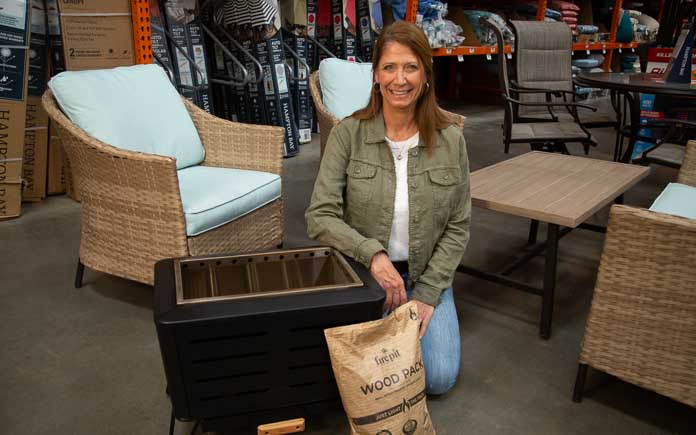 |
Gather around a fire on any outing with Tiki’s new portable fire pit. It’s designed to fit in smaller spaces, plus it emits less smoke! Learn more >> |
Simple Solutions
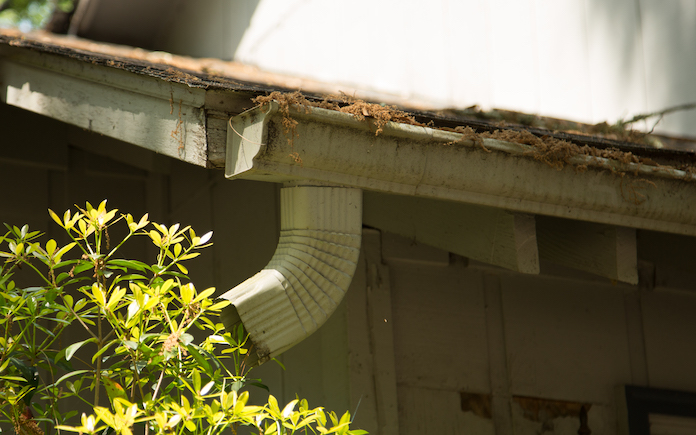
Save Fascia Board — If the wood fascia boards on your house are experiencing blistered paint, water staining or rot, it’s usually because rainwater running off the roof is dripping behind the gutters.
Fix this by slipping a 3/8-inch-thick by 3/4-inch-wide strip of PT wood, or better yet, a strip of composite or plastic lumber behind the existing metal drip edge. That will kick out the drip edge and divert rainwater into the gutter, not down the face of fascia.
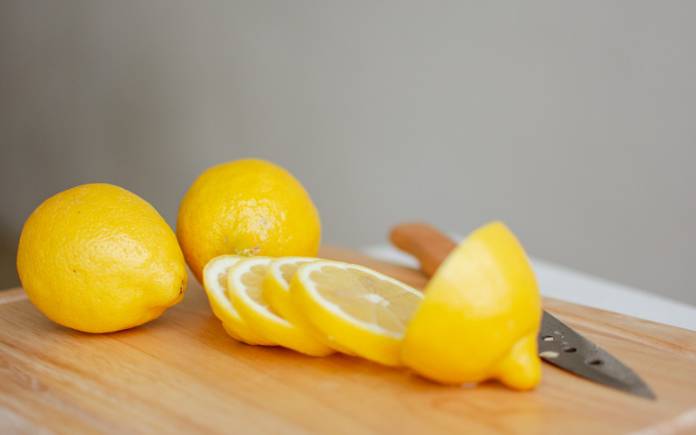
Clean and Disinfect Cutting Boards — Cut a lemon in half crosswise, and sprinkle coarse Kosher salt onto the cutting board. Then, use the cut side of the lemon to scrub the salt into the cutting board.
Scrub for 2-3 minutes, adding more salt, if necessary. Wipe the board clean and let it dry overnight.
If it’s a wooden cutting board, treat it with food-grade mineral oil (not vegetable oil) or butcher-block oil made specifically for wood.
Watch: How to Clean and Disinfect a Wood Cutting Board
Products and Links Mentioned
Further Reading
[ad_2]
Source link

